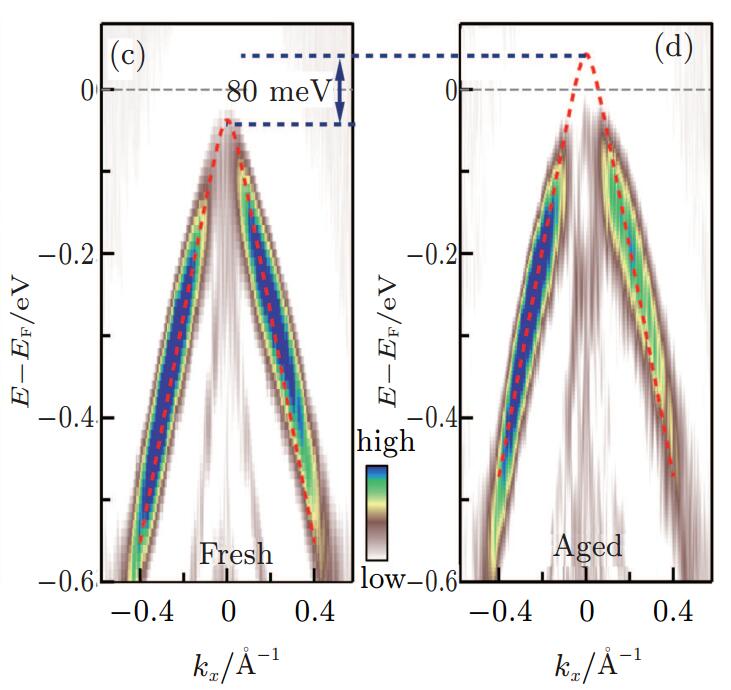|
|
Electronic structure, Dirac points and Fermi arc surface states in three-dimensional Dirac semimetal Na3Bi from angle-resolved photoemission spectroscopy
Hot! 
Aiji Liang(梁爱基), Chaoyu Chen(陈朝宇), Zhijun Wang(王志俊), Youguo Shi(石友国), Ya Feng(冯娅), Hemian Yi(伊合绵), Zhuojin Xie(谢卓晋), Shaolong He(何少龙), Junfeng He(何俊峰), Yingying Peng(彭莹莹), Yan Liu(刘艳), Defa Liu(刘德发), Cheng Hu(胡成), Lin Zhao(赵林), Guodong Liu(刘国东), Xiaoli Dong(董晓莉), Jun Zhang(张君), M Nakatake, H Iwasawa, K Shimada, M Arita, H Namatame, M Taniguchi, Zuyan Xu(许祖彦), Chuangtian Chen(陈创天), Hongming Weng(翁红明), Xi Dai(戴希), Zhong Fang(方忠), Xing-Jiang Zhou(周兴江)
Chin. Phys. B, 2016, 25 (7):
077101.
DOI: 10.1088/1674-1056/25/7/077101
The three-dimensional (3D) Dirac semimetals have linearly dispersive 3D Dirac nodes where the conduction band and valence band are connected. They have isolated 3D Dirac nodes in the whole Brillouin zone and can be viewed as a 3D counterpart of graphene. Recent theoretical calculations and experimental results indicate that the 3D Dirac semimetal state can be realized in a simple stoichiometric compound A3Bi (A = Na, K, Rb). Here we report comprehensive high-resolution angle-resolved photoemission (ARPES) measurements on the two cleaved surfaces, (001) and (100), of Na3Bi. On the (001) surface, by comparison with theoretical calculations, we provide a proper assignment of the observed bands, and in particular, pinpoint the band that is responsible for the formation of the three-dimensional Dirac cones. We observe clear evidence of 3D Dirac cones in the three-dimensional momentum space by directly measuring on the kx-ky plane and by varying the photon energy to get access to different out-of-plane kzs. In addition, we reveal new features around the Brillouin zone corners that may be related with surface reconstruction. On the (100) surface, our ARPES measurements over a large momentum space raise an issue on the selection of the basic Brillouin zone in the (100) plane. We directly observe two isolated 3D Dirac nodes on the (100) surface. We observe the signature of the Fermi-arc surface states connecting the two 3D Dirac nodes that extend to a binding energy of ~150 meV before merging into the bulk band. Our observations constitute strong evidence on the existence of the Dirac semimetal state in Na3Bi that are consistent with previous theoretical and experimental work. In addition, our results provide new information to clarify on the nature of the band that forms the 3D Dirac cones, on the possible formation of surface reconstruction of the (001) surface, and on the issue of basic Brillouin zone selection for the (100) surface.

|